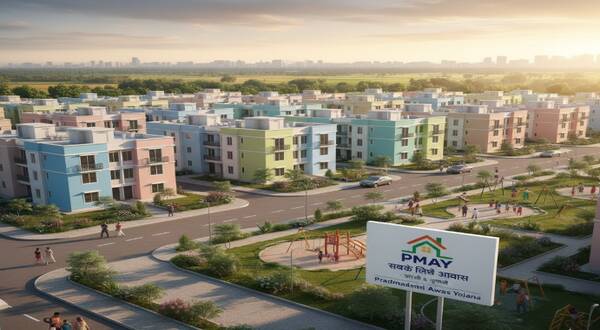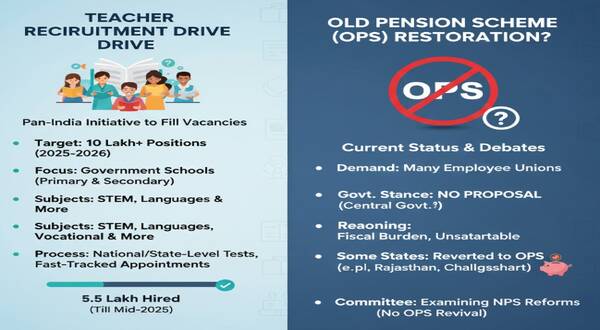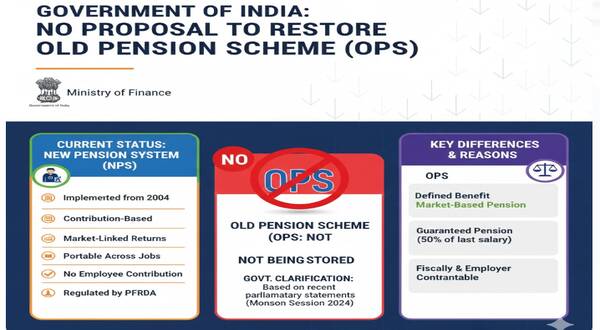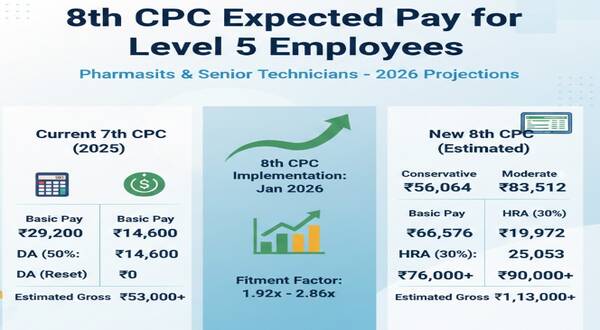A Real Estate Segment With Strong Signs Of Resilience, Growth
In recent times, economies across the globe have experienced post-pandemic disruptions, escalating geopolitical situations, and high inflation. This period was also seen as a phase of recovery for the Indian economy. The real estate sector in India, meanwhile, showed resilience and withstood market volatility due to factors such as urbanisation, importance of home ownership, the growing population, and rising incomes. The residential sector has gained momentum and will remain largely insulated as demand continues to be high.
The residential real estate market in India made astounding progress in 2022, setting new sales records of 68 per cent YoY, further demonstrating the industry’s prominence as one of India’s fastest-growing sectors. Moreover, India’s dynamic domestic economy and robust macroeconomic fundamentals played a key role in stabilising real estate.
The residential sector in particular has witnessed a robust demand revival, registering decadal-high sales across the top-seven cities — Mumbai, Delhi-NCR, Bengaluru, Hyderabad, Chennai, Kolkata, and Pune. The historic high sales numbers are significant keeping in mind the rise in property prices and global headwinds in current times. Despite all these challenges, consumer sentiments have remained positive, and the residential market has set new benchmarks. Market consolidation has led to an increased market share of organised branded players at key locations in these metropolitan cities.
Given the increased importance of home ownership post-pandemic, the sentiment to buy a home will not dip anytime soon. Homeownership has undeniably emerged as a safe bet investment in unprecedented volatile times by the virtue of stability and security. The government’s favourable housing schemes have also led to significant growth in the affordable housing segment.
The industry is taking cognizance of the buyers’ preferences and is focused on projects that are more relevant and aligned with the evolving customer requirements. Holistic living has become the norm and the real estate sector is transforming client preferences into offerings that meet market demands. A liking for such an experience that makes sustainability and well-being the centre of things has created interest in homes that are multi-functional.
A favourable economic outlook will further contribute to the market’s improvement, supported by other factors including the emergence of first-time homebuyers, a growing economy, greater numbers of HNIs investing in luxury properties and more. The industry is bullish on the scope of real estate in 2023 and expects the momentum on the residential side to be steady in most markets on the back of sustainable demand. The long-term potential for growth and attractive returns has ensured that investors continue to infuse the much-needed capital in the sector.
The luxury real estate market will be a primary driver behind the sector’s performance. Investing in luxury homes has become more financially feasible and this trend is best exemplified by the increase in demand for luxury properties over the past three years. These observations are also supported by the fact that real-estate investment by millennials, non-resident Indians (NRIs) reached an all-time high in 2022.
Buyers have come to fully appreciate the inherent value of the property and the immense possibilities that such residences present. Moreover, customer heterogeneity has played a significant role in bolstering demand across affordable, mid and luxury property segments across top residential markets. The hybrid work model has also made the periphery or suburbs very attractive. Within these communities, homebuyers enjoy modern and natural living and this has been particularly evident in the luxury segment.
With the return of normalcy from the lows of the pandemic, the real estate market is expected to usher in greater growth, owing to the confidence amongst home buyers. Also, as over 250 ancillary industries from manufacturing to services, are dependent on the realty sector, any incentives offered to homebuyers will strengthen the country’s macroeconomy. As the sector gets further organised, it will see a greater desire for homeownership. A conscious consumer shift towards quality, growth-worthy location, amenities and lifestyle are some of the strongest trends that have been reshaped and will materialize in the future.
The real estate market will continue to be driven by various factors such as supply and demand, regulatory framework, and overall economic conditions. While rising inflation and interest rates may impact demand to a certain extent in the near term, the industry is however poised for steady growth in the coming years and thus home ownership is likely to increase.
The sector will continue on its journey of long-term growth as we see a continuous rise in GDP per capita, growing urbanization and most of all a larger focus of the world on us as the next big economy. Economic fundamentals are expected to remain strong enough to continue the uptrend for the real estate sector going forward and there will be continued buoyancy in demand.
In short, the year 2023 will present exciting short-term and long-term investment opportunities for both first-time and seasoned investors, adding to the year’s promising outlook.
Source: https://www.news18.com/business/housing-sector-a-real-estate-segment-with-strong-signs-of-resilience-growth-7545157.html
नोट :- हमारे वेबसाइट www.indiangovtscheme.com पर ऐसी जानकारी रोजाना आती रहती है, तो आप ऐसी ही सरकारी योजनाओं की जानकारी पाने के लिए हमारे वेबसाइट www.indiangovtscheme.com से जुड़े रहे।
*****














